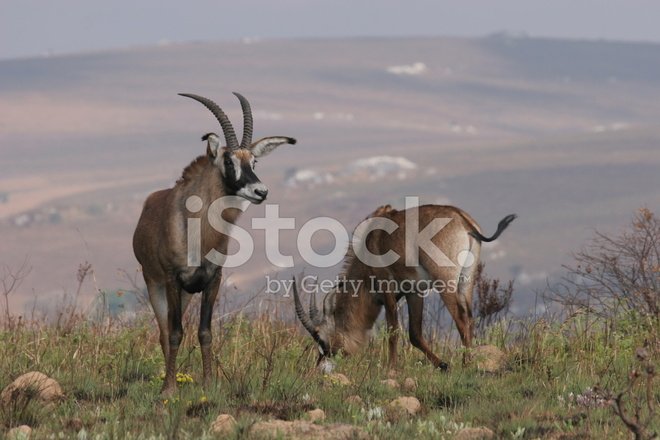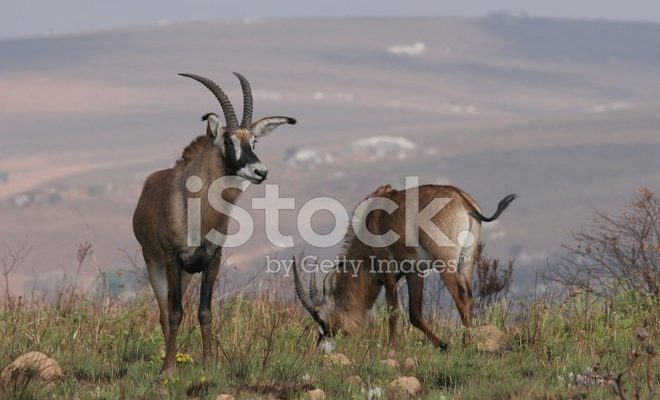
In the wild, roan antelopes face many challenges, from predators to finding food. So, how do these stunning creatures ensure their young survive and thrive? Well, they have some unique strategies that combine instincts with social behavior. Let’s dive in and take a closer look at the amazing world of roan antelope parenting.
Understanding Roan Antelope Social Structure
Roan antelopes are social animals that thrive in groups called herds. These herds can range from a few individuals to several dozen. The social structure is generally matriarchal, meaning the females often lead. This is quite different from many other species where males take the lead.
In roan antelope herds, you’ll usually find a mix of adult females, their young, and a few dominant males. The females are responsible for parenting, guiding the young ones, and keeping everyone safe. This group dynamic is essential, especially when it comes to raising the calves. The more eyes there are to watch out for dangers, like lions or hyenas, the better the chances of survival.
Here’s the thing: when a female gives birth, she does so away from the herd. This helps protect the calf from potential predators. Once the calf is a bit older, usually after a few days, it will be introduced back into the herd, where it benefits from the protection and care of the group.
The Calving Process: Where It All Begins
Roan antelopes typically have a single calf after a gestation period of about 9 months. You might be wondering how the calving process works in the wild. It’s pretty intriguing! When a female is ready to give birth, she seeks out a quiet and hidden spot, often in tall grass or a thicket. This helps conceal the newborn from predators.
Once the calf is born, it’s instinctively able to stand and walk within just a few hours. This is crucial for survival, allowing it to join the mother and the herd quickly. The mother is attentive and protective, cleaning the calf off and keeping it close. It’s almost like she’s saying, “Welcome to the world; I’ve got your back!”
During the first few weeks, the calf stays close to its mother. This close bond is vital for the calf’s development and social learning. Imagine how important it is for young animals to learn from their mothers and their peers; it’s the same in the roan antelope world.
The Role of Females in Raising Young
Female roan antelopes take on the primary caregiving role. It’s not just about nurturing their own calves, though. They can also help care for other young in the herd. This cooperative approach means that calves benefit from the experience and protection of multiple adults.
You might see females forming a sort of “baby-sitting” squad when it comes to looking after multiple young ones. They will often take turns watching over the calves while others graze or keep an eye out for threats. This teamwork allows the entire herd to stay safe while ensuring every calf gets the attention it needs.
There’s also a social aspect to this. Young roan antelopes learn how to interact with one another through play and the guidance of older females. It’s almost like attending kindergarten! They learn how to communicate, establish their place in the group, and develop crucial survival skills.
Protective Strategies Against Predators
Surviving in the wild is no easy feat, especially for young antelopes. Predators are always lurking, ready to pounce on an unsuspecting calf. This is where the herd’s protective strategies come into play.
When a predator is spotted, adult females will use various tactics to protect their young. They might form a perimeter around the calves, keeping them in the center for safety. This strategy ensures that any threat is quickly identified and addressed.
Additionally, roan antelopes rely on their speed and agility to escape danger. Their powerful legs help them make quick dash away from predators, often zigzagging through the terrain to shake off chasing animals. It’s a dramatic dance of survival, one that requires both instinct and teamwork.
Natural camouflage is another factor in their survival. With their earthy colors and markings, young roan antelopes blend into the environment, making it harder for predators to spot them. So, while the adults are on alert, the calves can benefit from this natural advantage.
Social Learning and Independence
As calves grow, an important part of their development involves social learning from their peers and mothers. This is where things get interesting! Young roan antelopes spend their days frolicking and exploring, learning valuable lessons through play.
They observe their mothers and other adults in the herd, picking up skills like grazing and recognizing danger. This learning process is crucial for their future independence. Think about it: the more they practice, the better they become at navigating their environment and social interactions.
By the time a calf is about six months old, it starts to venture out on its own a bit more, although it remains close to the herd. This gradual process helps them transition smoothly into adulthood. It’s almost like a small internship—learning the ropes before taking on full responsibilities.
The Transition to Adulthood
Once a roan antelope calf reaches about 12 to 18 months, it’s considered a young adult. This is a significant milestone. At this age, they start to explore independence further and learn to fend for themselves. The herd plays a crucial role during this transition, still offering protection and guidance.
Young males will typically leave their natal herd when they reach maturity, seeking new groups, while females often stay with their birth herd. This ensures that the social structure remains strong. It’s kind of like finding your place in the world, navigating friendships and responsibilities as you grow older.
It’s fascinating to see how roan antelopes manage this complex web of social and nurturing behaviors. They illustrate a profound understanding of community and survival, passing down knowledge and instincts that contribute to the entire herd’s success.
Raising young in the wild is no small feat, especially for roan antelopes. Their approach blends instinct with strong social bonds, creating a nurturing environment for the next generation. By working together, protecting one another, and fostering learning, these magnificent creatures ensure that their young have the best chance at survival.
Next time you think about roan antelopes, remember that behind those graceful strides and stunning coats lies a rich tapestry of care, protection, and community. The life of a roan antelope is a reminder of the importance of family and teamwork in the wild, weaving a beautiful cycle of life and learning. So, the next time you spot these incredible animals, take a moment to appreciate the depth of their parenting methods!

